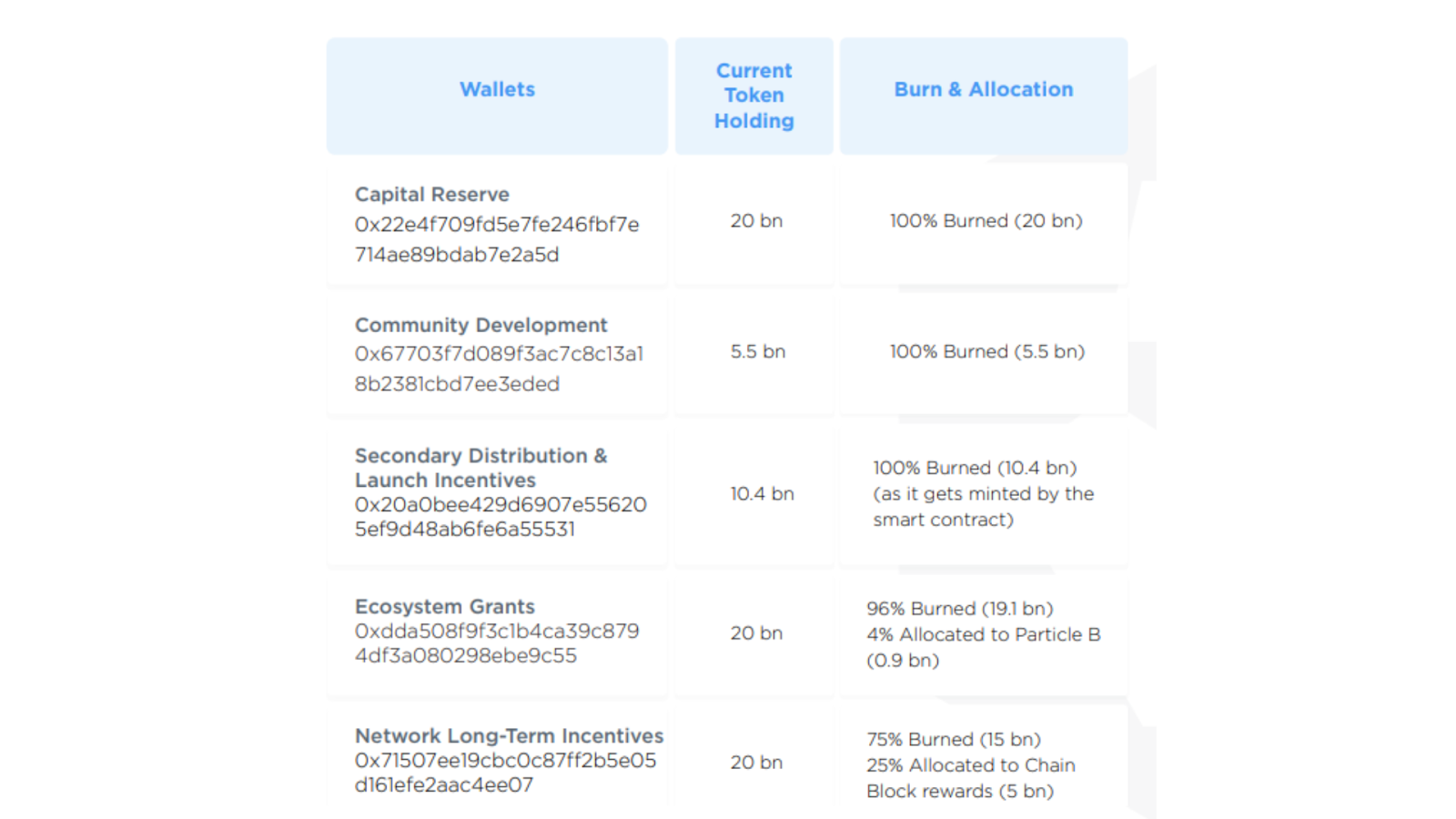Recently, we discussed all things Cronos, and today, we’ll look into the Crypto.org Chain; the public, open-source and permissionless blockchain known for its low fees and high speed. The chain is designed to be the network that drives mass adoption of digital assets with use cases for Non-Fungible Tokens (NFTs), Decentralized Finance (DeFi), and payments.
The Crypto.org Chain is a blockchain built using the Cosmos SDK and Tendermint Consensus Engine. The chain’s fault-tolerant transactions are instant and deterministic, which means that the state of a system is known by the validators making it easier to reach consensus on the next state of the system, and confirmation happens with minimal fees, giving it a low entry barrier for validators, code contributors and dApp builders.
Governance and Consensus
The Crypto.org chain adopted a Tendermint Core for its consensus engine. Tendermint is a Byzantine-fault tolerant (BFT) consensus engine for Proof-of-stake (PoS) networks. In BFT consensus, the network can tolerate up to one-third (33%) of malicious actors within the validator set and remain secure.
As the network offers a low barrier of entry, it's relatively easy for anyone to become a validator. However, the active validator set is limited to 100 validators at any given time. Validators have the responsibility to propose blocks of valid transactions, maintain the integrity of the network, vote on governance and guide their delegators. To promote decentralization, we recommend delegating outside the top 5 validators, however, please do your own research to find the best validators for you.
To prevent malicious behavior or poor validator performance, Crypto.org Chain slashes the validator's self-bonded stake and delegators' staked funds; the amount of $CRO at risk of slashing depends on the total voting power of the validator.
$CRO stakers can participate in Crypto.org Chain's on-chain governance. Anyone can submit a proposal with an initial deposit, fund it to make it an active proposal, and vote. Governance on Crypto.org Chain goes through three periods, similar to other networks in the Cosmos Ecosystem:
- Submit period: Users submit a governance proposal with an initial $CRO deposit; this helps reduce spam proposals. Once the minimum deposit amount is reached, the proposal becomes active and enters the Deposit period.
- Deposit period: $CRO holders can deposit $CRO to show support for an active proposal. If the proposal reaches the deposit minimum, it moves on to Voting Period. If not, it becomes inactive, and all deposits are refunded.
- Voting period: Once a governance proposal makes it to the voting period, staked $CRO is used to vote.
Fun fact: Delegators can submit their vote, which overrides their validator's vote. Otherwise, they inherit the vote of the validator they are delegating.
Tokenomics
Cronos $CRO is the native token of the Crypto.org chain and Cronos Chain. The asset's original deployment was as an ERC-20 token standard on the Ethereum blockchain, later on, the asset was migrated to the Cosmos Ecosystem. Learn all about migration here. According to CoinGecko, $CRO’s Total Supply is 30,263,013,692 $CRO. Initially, a max. supply of 100 billion $CRO was set. However, when the Crypto.com Chain mainnet went live, Crypto.com announced one of the largest token burning in blockchain history, burning 70,000,000,000 $CRO.
Token allocation overview:

There are many options to store $CRO, from non-custodial to custodial wallets to cold and hot storage. Some examples are Crypto.com's DeFi Wallet, Coinbase Wallet, and Ledger. Here’s our guide on How To Stake $CRO With The Crypto.com DeFi Desktop Wallet or How To Stake $CRO Crypto.org Using Keplr Wallet & Ledger Nano.
Find $CRO on Crypto.Com
Crypto.com lets you buy and sell cryptocurrencies, and has lots of eyes around it. Deals have been made with UFC, F1, Hockey, Football; they even renamed the Staple Center Arena to Crypto.com Arena. Take advantage of your $CRO holdings through Crypto.com Pay, this feature let users pay any merchant while earning up to 10% back in $CRO; you can send crypto to friends and buy NFTs.
Closing thoughts
Crypto.org has been a solid project since the beginning. It's important not to be confused with Crypto.org and Cronos Chain; the latter is the EVM-compatible chain powered by Ethermint. The former is the backbone behind all crypto.com applications Crypto Pay, Crypto NFTs Crypto Game, all powered by the Crypto.org chain and its $CRO token. Crypto.com enjoys one of the most robust brand recognitions in the crypto space. It cares about its developers and users, encouraging a healthy and secure ecosystem.
Delegate $CRO with Stakin. Until next time.
DISCLAIMER: This is not financial advice. Staking, delegation, and cryptocurrencies involve a high degree of risk, and there is always the possibility of loss, including the failure of all staked digital assets. Additionally, delegators are at risk of slashing in case of security or liveness faults on some protocols. We advise you to do your due diligence before choosing a validator.



Join the conversation